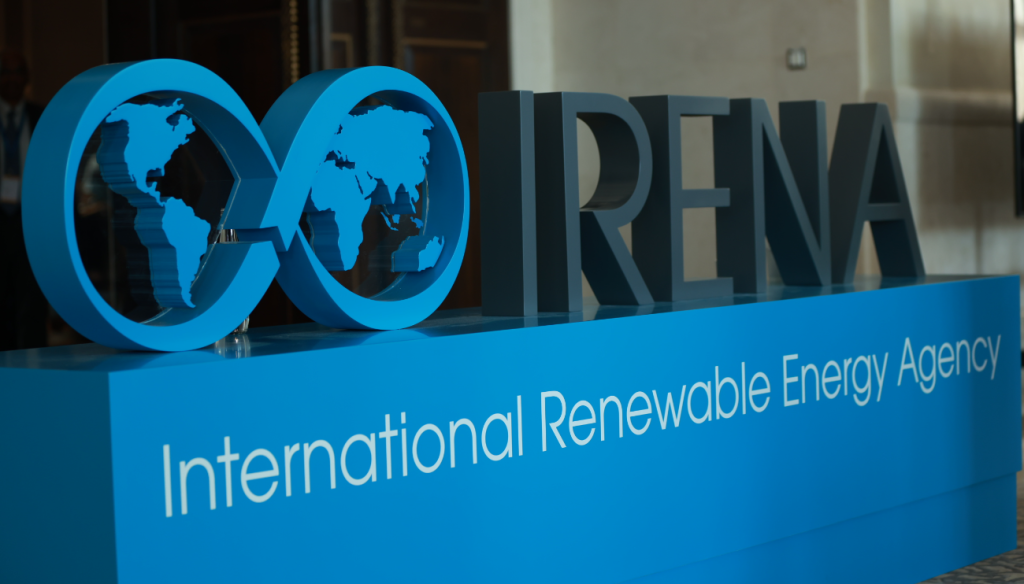Cost advantage: In 2024, 91% of new renewable power projects were more cost-effective than fossil fuel alternatives, with solar PV and onshore wind up to 53% cheaper.
Savings and scale: The addition of 582 GW in renewable capacity avoided $57 billion in fossil fuel costs; total global avoided fossil fuel costs hit $467 billion.
Emerging challenges: Financing risks, grid bottlenecks, and uneven cost structures—especially in the Global South—threaten the pace and fairness of the transition.
Renewables firmly cemented their cost leadership in global energy markets in 2024, with 91% of newly commissioned renewable projects delivering electricity at a lower cost than any fossil fuel alternative, according to the latest report by the International Renewable Energy Agency (IRENA). The report, Renewable Power Generation Costs in 2024, highlights major cost declines for solar photovoltaics (PV) and onshore wind, driven by technological advancements, economies of scale, and mature supply chains.
In 2024, solar PV was, on average, 41% cheaper than the lowest-cost fossil fuel option, while onshore wind was 53% cheaper, maintaining its position as the most affordable new electricity source at USD 0.034/kWh, followed by solar PV at USD 0.043/kWh.
The 582 gigawatts of new renewable capacity added in 2024 not only bolstered global energy supply but avoided fossil fuel use worth around USD 57 billion. Overall, renewables helped the world sidestep up to USD 467 billion in fossil fuel costs last year, according to IRENA.
“The cost-competitiveness of renewables is today’s reality. Looking at all renewables currently in operation, the avoided fossil fuel costs in 2024 reached up to USD 467 billion,” said Francesco La Camera, Director-General of IRENA.

“Clean energy is smart economics – and the world is following the money,” said United Nations Secretary-General António Guterres. “Renewables are rising, the fossil fuel age is crumbling, but leaders must unblock barriers, build confidence, and unleash finance and investment.”

Despite the strong cost case, short-term risks could hinder momentum. Trade disputes, material bottlenecks, and regional market dynamics are driving up costs in Europe and North America. In contrast, Asia, Africa, and South America—regions with high renewable potential and steeper learning curves—are expected to benefit from continued cost declines.
IRENA’s report warns of structural barriers and financing gaps that could slow renewable deployment. In many developing economies, high capital costs driven by macroeconomic instability and risk perceptions continue to inflate the levelized cost of electricity (LCOE).
RELATED ARTICLE: Advancing Spanish Renewable Energy: Plenitude Collaborates on Offshore Wind Projects
For instance, onshore wind projects in both Europe and Africa reported similar average generation costs (~USD 0.052/kWh) in 2024. However, the cost structure differed sharply: European projects were driven by upfront capital expenditure, while African projects faced disproportionately higher financing costs due to higher assumed cost of capital (12% in Africa vs. 3.8% in Europe).
“The transition to renewables is irreversible, but its pace and fairness depend on the choices we make today,” added La Camera. “We must reinforce international cooperation, secure open and resilient supply chains, and create stable policy and investment frameworks—especially in the Global South.”
Grid integration and investment remain critical bottlenecks. Grid capacity, permitting delays, and costly local supply chains are delaying wind and solar projects across both G20 and emerging markets. Stable revenue models, such as power purchase agreements (PPAs), are essential to mitigate investment risk.
Technology continues to bolster renewable economics. The cost of battery energy storage systems (BESS) has plummeted by 93% since 2010, now averaging USD 192/kWh for utility-scale systems in 2024. These systems, along with hybrid solar-wind-storage projects and AI-driven digital tools, are key to enhancing energy flexibility and reliability.
Still, digital infrastructure and grid modernization must accelerate, especially in emerging markets, where underinvestment is holding back the full benefits of the energy transition.
Follow ESG News on LinkedIn

